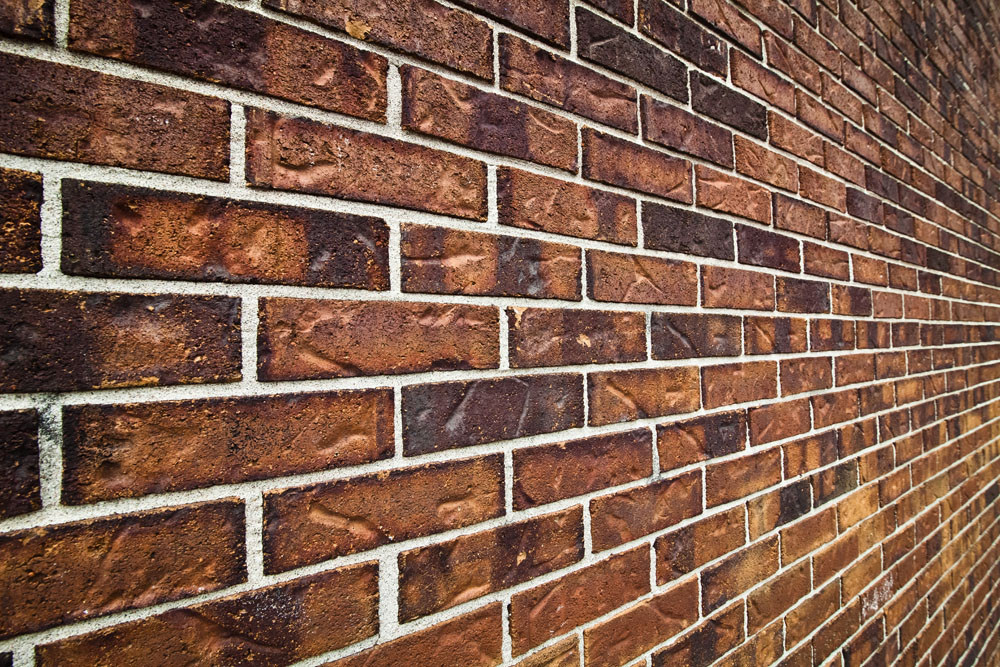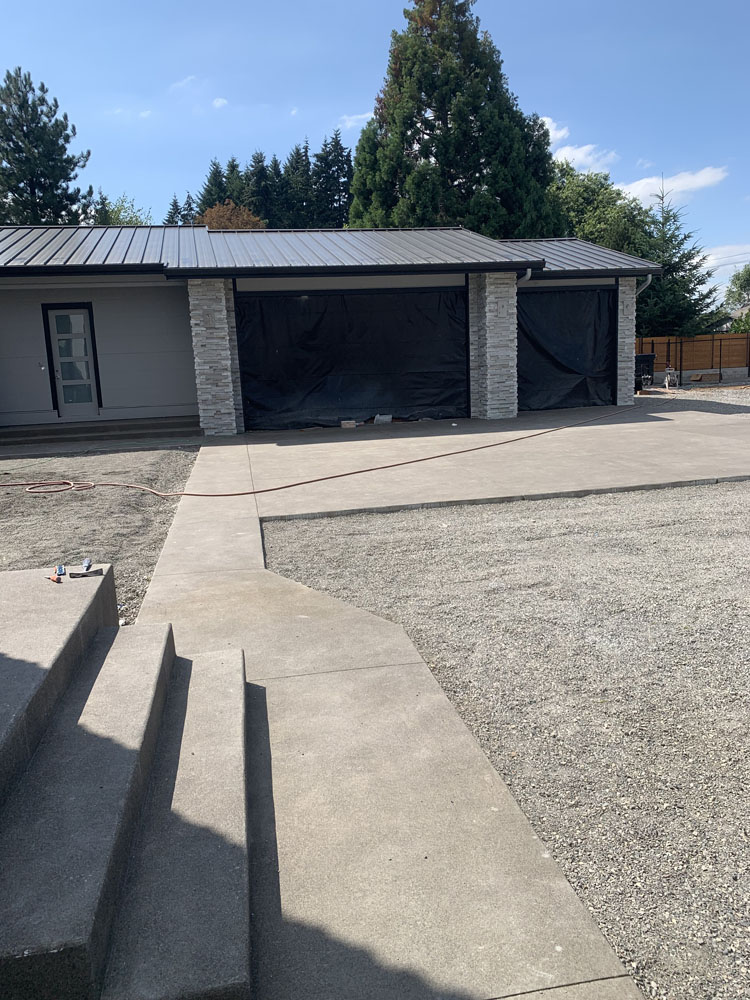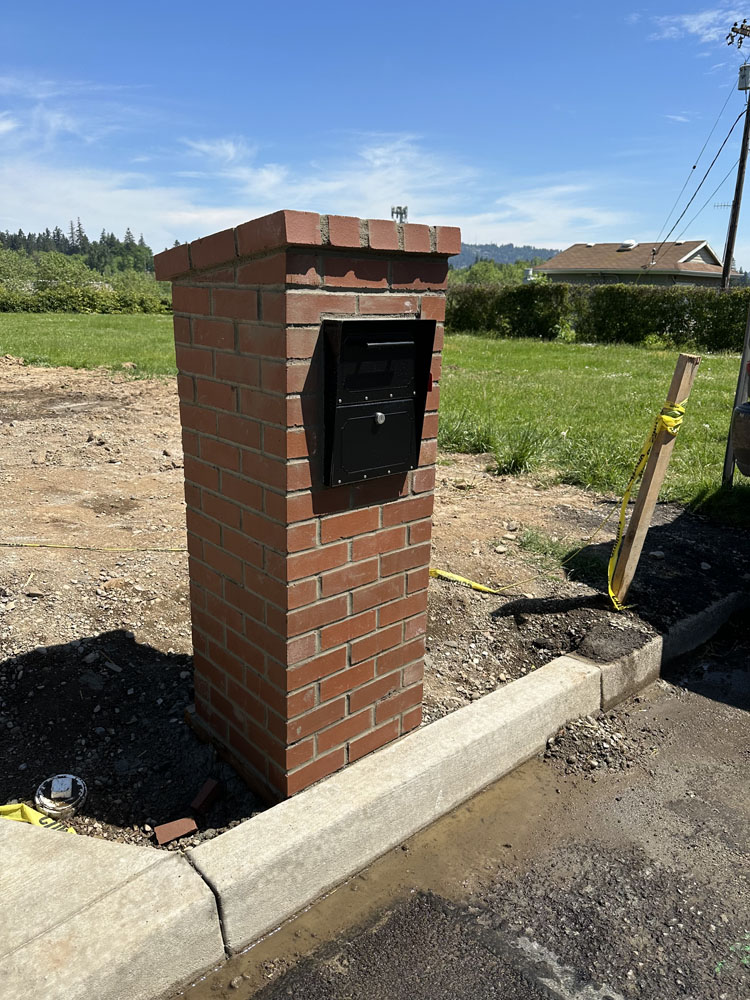Introduction
When it comes to landscaping your outdoor space, one of the most enduring choices is a ramosmasonry.com masonry walkway. Not only do these pathways provide a functional aspect, but they also enhance the aesthetic appeal of your property. However, as environmental concerns grow, many homeowners are now seeking eco-friendly options for their masonry walkway projects. In this comprehensive guide, we will explore sustainable materials, design ideas, and installation techniques that can help you create a beautiful and environmentally friendly walkway.
What is a Masonry Walkway?
A masonry walkway is essentially a path constructed using various types of stone or brick materials. These walkways are not just practical; they can add character and charm to any landscape design.

The Benefits of Masonry Walkways
- Durability: Masonry walkways are incredibly strong and can withstand various weather conditions. Aesthetic Appeal: Different materials offer numerous styles and colors. Low Maintenance: Once installed properly, these walkways require minimal upkeep. Eco-Friendly Options: Many materials can be sourced sustainably.
Eco-Friendly Options for Your Masonry Walkway Project
When considering eco-friendly options for your masonry walkway project, you have multiple avenues to explore. From the materials used to the installation techniques employed, there are numerous ways to make your project more sustainable.
Sustainable Materials for Masonry Walkways
1. Recycled Concrete Pavers
Using recycled concrete pavers is an excellent way to reduce waste while maintaining durability in your walkway. These pavers are made from repurposed concrete that would otherwise end up in landfills.
2. Natural Stone
Natural stones such as flagstone or slate not only add beauty but are also environmentally friendly since they require minimal processing.
3. Permeable Pavers
Permeable pavers allow water to seep through them, reducing runoff and promoting groundwater recharge. This makes them an ideal choice for eco-conscious homeowners.
4. Locally Sourced Materials
Using locally sourced stone or brick reduces transportation emissions and supports local economies.
Design Ideas for Eco-Friendly Masonry Walkways
Design plays a crucial role in how your masonry walkway integrates with its surroundings.
5. Curved Pathways
Instead of straight paths that disrupt natural landscapes, consider designing curved walkways that fit seamlessly into your garden layout.
6. Incorporating Green Spaces
Integrate plant beds into the design of your walkway to soften hard surfaces while providing habitats for local wildlife.
Installation Techniques That Minimize Environmental Impact
The way you install your masonry walkway can greatly affect its sustainability.
7. Minimal Excavation Methods
Opting for less invasive excavation methods preserves the existing ecosystem and reduces soil erosion.
8. Using Eco-Friendly Mortar
Traditional mortar can contain harmful chemicals; look for eco-friendly alternatives that are free from volatile organic compounds (VOCs).


Planning Your Eco-Friendly Masonry Walkway Project
Before diving into construction, careful planning is essential.
9. Assessing Your Space
Evaluate the area where you plan to install the walkway; consider factors like sunlight exposure and soil type which may influence material selection.
10. Budget Considerations
While eco-friendly options may seem more expensive upfront, they often save money in the long run due to lower maintenance costs and energy efficiency.
Maintenance Tips for Your Eco-Friendly Masonry Walkway
Once you've constructed your masonry walkway, it's important to maintain it properly to ensure its longevity.
11. Regular Cleaning
Use environmentally safe cleaning solutions when removing debris or stains from your walkway surface.
12. Resealing
Depending on the type of material used, resealing might be necessary every few years to protect against weather damage while maintaining aesthetics.
FAQ Section
Q1: What types of materials are best for an eco-friendly masonry walkway?
A1: Recycled concrete pavers, natural stones like flagstone or slate, permeable pavers, and locally sourced materials are all excellent choices.
Q2: How can I design my masonry walkway sustainably?
A2: Consider curved pathways that blend with natural landscapes and incorporate green spaces along the sides of your walkway.
Q3: Is it difficult to maintain an eco-friendly masonry walkway?
A3: No! With regular cleaning using safe products and periodic resealing if necessary, maintenance is quite manageable.
Q4: Are permeable pavers more expensive than traditional ones?
A4: While initial costs may be higher, permeable pavers can save money over time by reducing drainage issues and associated repairs.
Q5: Can I install a masonry walkway myself?
A5: Yes! With proper planning and some DIY knowledge, installing a masonry walkway can be a rewarding project you undertake yourself!
Q6: How does using local materials contribute to sustainability?
A6: Local materials reduce transportation emissions associated with long-distance shipping and support local economies at the same time!
Conclusion
Creating an eco-friendly masonry walkway doesn't have to be complicated or overly expensive; it just requires thoughtful planning and consideration of sustainable practices throughout the process—from material selection right down to installation https://ramosmasonry.com/masonry-contractor-services/ techniques. By opting for recycled or locally sourced materials, utilizing creative designs that harmonize with nature rather than disrupt it, and committing yourself to proper maintenance practices post-installation—all steps contribute significantly towards lowering both environmental impact while enhancing beauty within outdoor spaces!
In summary, embracing eco-friendly options for your masonry walkway project has far-reaching benefits—both for our planet’s health as well as enriching our lives through stunning outdoor spaces we cherish daily! So why not take that first step today?